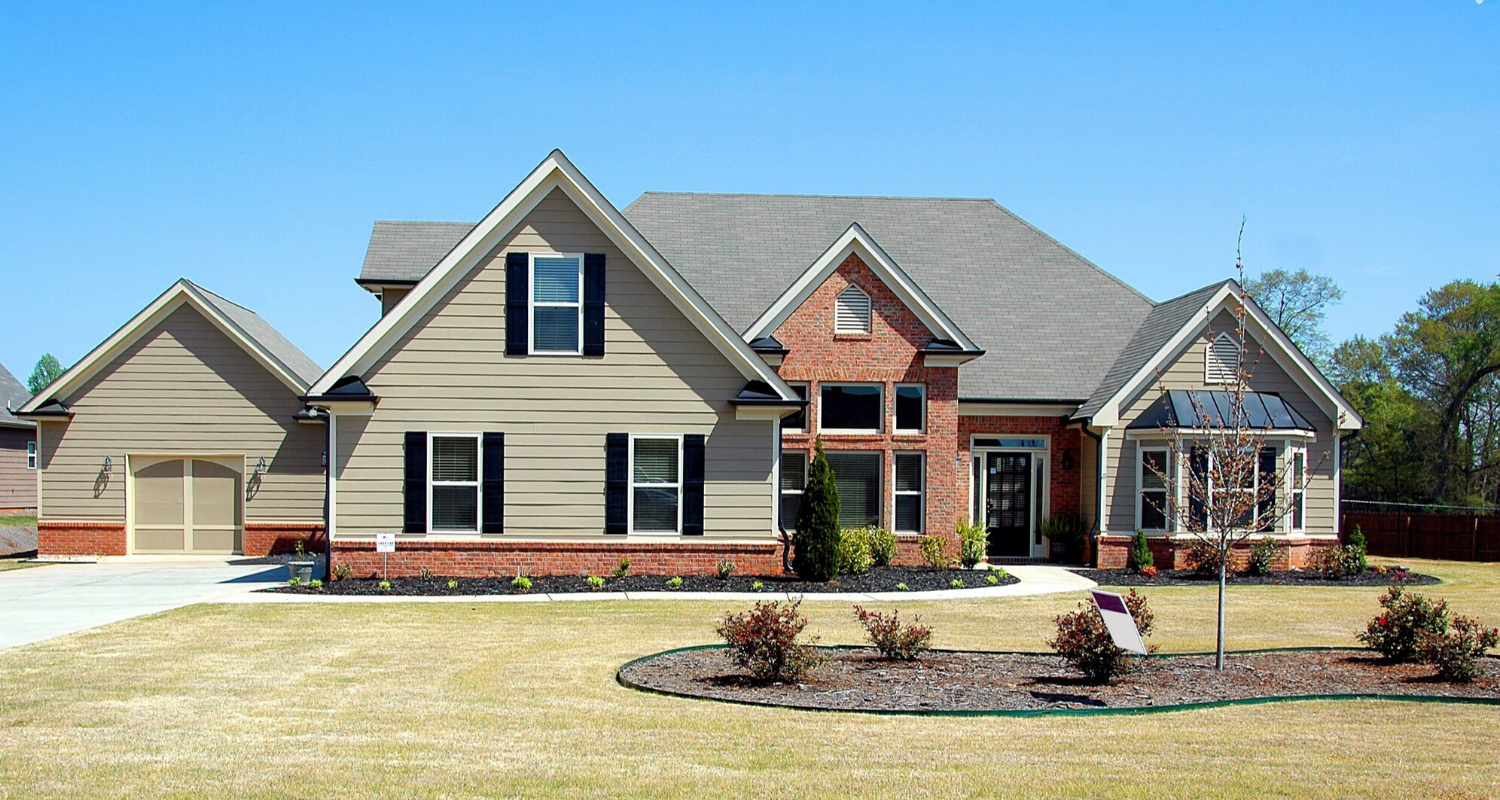Not everyone can grow a large garden; it requires a lot of special knowledge, and a lot of work and time. But on any summer cottage, there is a mandatory requirement for at least a few fruit trees and shrubs, and competent care for them is a guarantee of the desired harvest. Seek here to know more about gardening tips.
Nowadays, finding complete and detailed information on each culture is not a problem, if there would be the Internet at hand or special literature. But I want to share some interesting points collected from various print sources and experienced gardening enthusiasts .
For example, the fairly common practice of sodding the ground under fruit trees is not entirely helpful. Especially for a young garden . The grass grows quickly and drains the soil quite a bit. In addition, the soil under the tree crowns must be fertilized and loosened to a depth of about 10 cm.
Therefore, it is much more advisable to plant herbs, spices, medicinal plants, flowers or strawberries under the trees, which will be periodically fertilized and processed, which will also benefit fruit trees.
Mature fruit trees can be fed in two ways:
Approximately along the perimeter of the tree crown, not closer than 1 meter to the trunk, with a sharp stake in several places in the soil, depressions are made to a depth of 30-50 cm.Fertilizers dissolved in water are poured into these depressions, calculating the required volume based on the age and size of the tree.Then these punctures are covered with fertile soil.
Around the perimeter of the crown, they dig in a circle a groove about 35 cm wide and deep. It is filled with rotted manure with the addition of 3-4 kg of wood ash, compacted a little and covered with soil. When fertilizing plums and cherries, it is also useful to add slaked lime or old plaster.
When planting cherries and plums, there is the following subtlety: the introduction of manure into the planting pit is not just not necessary, but rather undesirable. It will be much more beneficial to add wood ash, bone meal, old lime, burnt clay or broken plaster. In too fertile, “oily” soil, cherries and plums begin to ache – they have cracking of the bark and the outflow of gum. Fruiting from this decreases, the trees weaken and, in the end, die.
Another secret : cherries and plums do not like crown pruning, adult trees tolerate it especially painfully. Therefore, it is recommended to form the crown of these crops once – immediately when planting young seedlings: about 1/3 of the length is left from the side branches, the central shoot is shortened by half or slightly less. In subsequent years, only the removal of frozen shoots is permissible.
Experienced gardeners claim that the survival rate of seedlings of fruit trees is much higher when they are planted in the afternoon, in the late afternoon, around sunset. It’s hard to say what this is connected with and how to explain it from a rational point of view, but this technique really works!
Probably, many have come across such a situation in a garden plot , when fruit trees grown with such care suddenly turn out to be sterile, turning into a purely decorative element of a personal plot . In such cases, it is a pity for the efforts spent on growing trees and unfulfilled hopes for a rich harvest.
It turns out that trees are barren for quite understandable reasons:
- If the root collar was deepened during planting, then the tree grows poorly and is sick.
- When planting seedlings in a damp, cool place, when the roots touch soil layers with a close occurrence of cold groundwater.
- If the soil is too lean and poor.
- If the soil is fertile, and the trees shed flowers and ovaries, then there is a lack of minerals. It is urgent to apply mineral fertilizers with phosphorus and potassium. But, of course, first you need to exclude the work of insect pests.
- If the soil is too oily. Moreover, the trees have a lot of foliage and very few fruit twigs. In this case, clay, ash, lime are mixed into the soil, or phosphorus-potassium fertilizers are applied.
- If pruning is too strong, vegetative shoots grow intensively, but not fruit shoots. You should adjust the pruning scheme and give the tree the opportunity to gain strength for fruiting.
- If severe frosts were observed during flowering, or it was very wet, rainy weather. In this case, there are very few pollinating insects and the flowers remain unpolished.
- In case of severe damage to trees by harmful insects. It is necessary to carry out prophylactic spraying with appropriate preparations in a timely manner.
How to fix the situation?
A tree can be made to bear fruit by pruning it correctly. When forming a crown, you need to remember the following rule: a short pruning causes strong growth of vegetative leaf shoots, and a long one causes the formation of fruit buds. Consequently, branches that do not give fruit should be shortened by about a third of their length, no more. This will stimulate the laying of fruit buds on them.
Large old trees noticeably reduce yields with age . In this case, rejuvenation pruning of the crown is carried out, removing too old barren branches. Such pruning should not be carried out in early spring, but when the leaves have already developed, and the young shoots of the current year have reached 2-3 cm in length.
And it is imperative to remove the root shoots under the trees, cutting it to the base, because it is closer to food sources, it grows intensively and oppresses the tree.
I hope these simple tips, applied in conjunction with scientific agricultural techniques, will help you maintain the right garden and get good yields.





